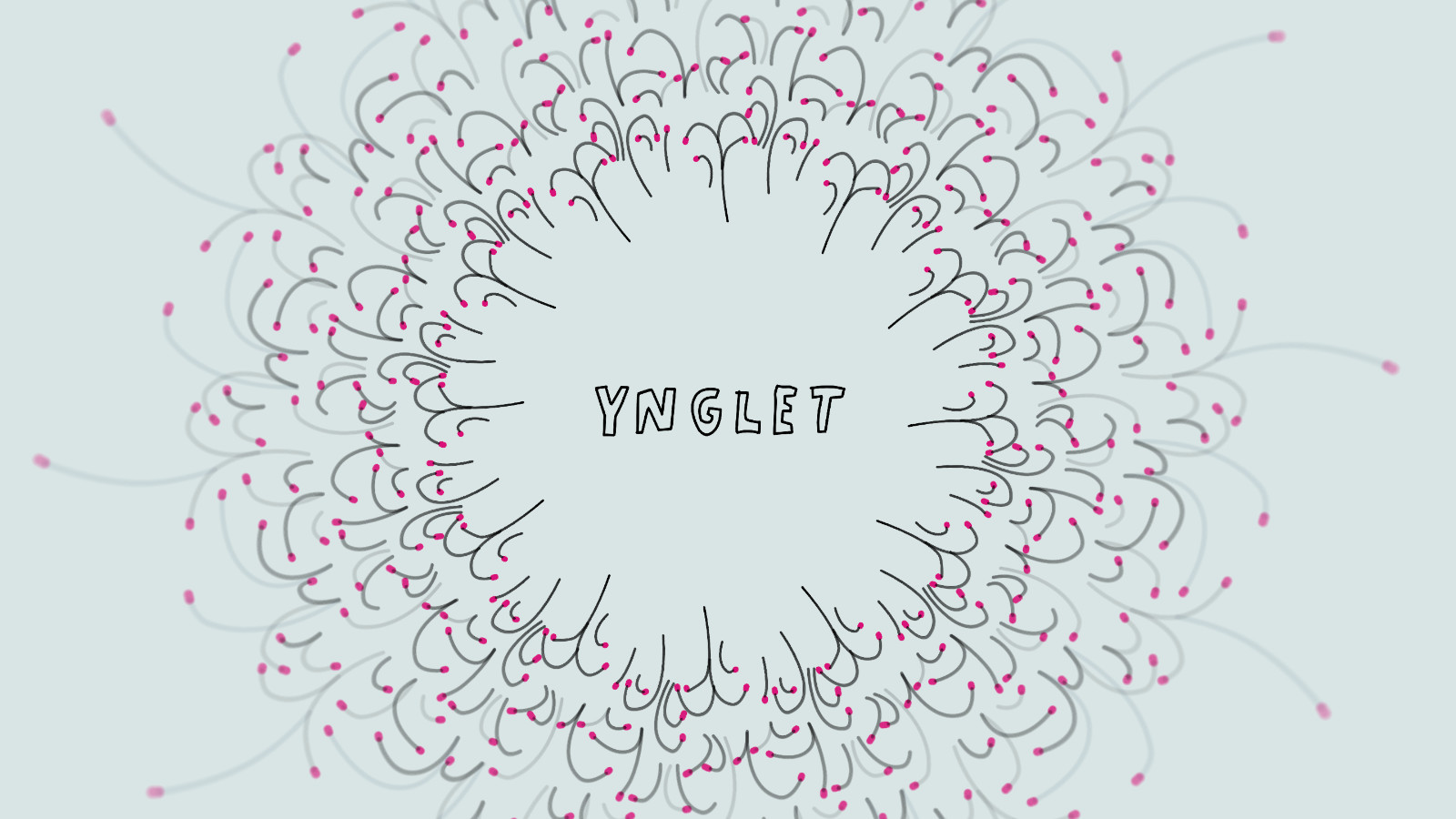Share
Exploring a digital world is technically what we do in all video games, but Studio Koba and Narita Boy take that literally as you dive into the Digital World inside a game console called Narita One. The setup feels like something ripped right out of Tron, and that’s intentional, as the whole game serves as a kind of 80s-fueled fever dream.
Vision of the Past
You play as the titular Narita Boy, a foretold hero that’s arrived to save the Digital Kingdom from malevolent programs called the Stallions and a strange figure only known as “Him.” The main story is built around recovering the memories of the creator, which in turn acts as a vessel to give a more human story, alongside all the confusing technical mumbo-jumbo of the digital world. Each of the Creator’s Memories that you recover unlocks a new section of the creator’s past to run through, from childhood to adulthood. It’s a surprisingly emotional story that deals with the creator’s particular hardships in life, and figuring out how to overcome them.
One of the first things that needs to be talked about with Narita Boy is its visual presentation. The art is by and large outstanding, and each area of the game glows with neon lighting. It’s all designed in a way to evoke an 80s feeling, and the entire game even has a filter that adds the flickering of a CRT television. The filter is nifty, but I’m glad there’s also an option to turn it off and stop the flickering effect. There are some truly astounding sights in Narita Boy, and the visual flair helps make memorable moments stand out even more. Equally memorable is the synth-wave soundtrack, which only reinforces the overall aesthetic.

Despite all this, I have to note that Narita Boy may be a difficult game to play for anyone with photosensitivity. Some of the lighting and color effects used can be incredibly straining, but to the game’s credit, every single loading screen contains a warning about photosensitivity and its lighting effects.
Past the story, however, Narita Boy is a Metroidvania-like that features a hefty dose of both exploration and combat. Narita Boy has access to a weapon called the Techno Sword, a versatile weapon that gives you a lot of options. At the start, you’ll have access to basic sword attacks and ranged attacks, both a short-range shotgun blast and a devastating long-range beam. Narita Boys’ combat feels fairly standard at first, but the game does a great job of layering in new abilities and upgrades across the experience. Oftentimes these upgrades serve dual purposes, like the upward slash that does damage to flying enemies or allows you to jump higher and reach new platforms. The game also does a fantastic job with enemy variety, constantly introducing new foes and elements into combat. Each of Narita Boy’s three major areas also grants you the power of its respective “Dude,” a protector that you can call into combat for a massive screen-wide attack. While combat makes up a large portion of the game, there’s also a smattering of platforming and puzzle-solving, and the controls are tight enough to not make these sections frustrating, for the most part.
Lost In the Code
The only major complaint I have with Narita Boy’s gameplay is the lack of a map. The game puts a big emphasis on exploration, but it can be easy to get lost at certain sections, especially as some areas start to blend together. The lack of a navigation map is certainly an intentional design choice, but I found it to be frustrating due to how much you have to retrace your steps or return to previous areas. It can be especially hard if you put the game down in the middle of a section, only to come back and have to remember the layout of everything. This is assuaged a bit by Narita Boy being separated out into distinct parts and areas, but remains a problem throughout the experience.

More than anything what stands out to me about Narita Boy is specific moments I can recall with ease, like riding through a gorgeous techno forest on the back of a Servohorse. The lack of a navigation map definitely hurts the game overall, and it’s a shame because exploration and combat are well done. While the main story may not make much sense, the creator’s memories and standout moments make Narita Boy a journey well worth taking.




